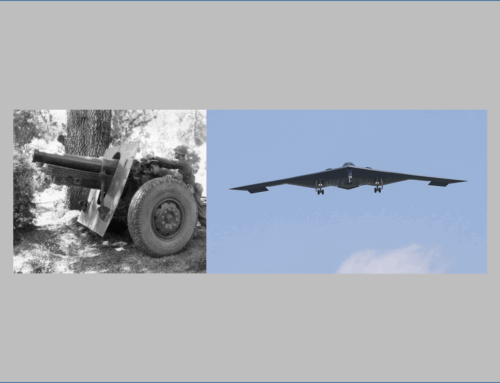The A&D Minute: World War I With Drones
Published: 3 April 2024
By Ben Brooks , Eric Bernardini , Stefan Ohl , David Wireman , Rodion Kaplounov and Joe Soules
via the Mondaq website

Aerial pghotograph of trenches on the Hindenburg Line during World War I
Aerial pghotograph of trenches on the Hindenburg Line during World War I
With no end in sight, how can defense contractors apply lessons learned from the past two years in Ukraine to best support the Warfighter in 2024 and beyond?
February 24, 2024 marked the beginning of the third year of war stemming from Russia’s invasion of Ukraine. It also marked the 10th year since Russia’s earlier invasion of Ukraine in Crimea. While many initially believed this would be a quick operation, the last two years have proven this conflict is likely to continue for years to come. There may be no end in sight to the fighting, but what has been clear are the numerous ways the conflict has evolved over the past year.
Growing consensus among analysts is that the hard Russian pivot towards a war economy and reversion to Soviet-era mentalities around troop expendability signals that the conflict was never really about a swift victory in Ukraine, but rather a calculated waiting game where the target has been Western patience.
The Russian government—in the throes of a full-fledged war economy—faces three key priorities: 1. ensure steady funding for the war in Ukraine, 2. maintain non-combatant living standards, and 3. safeguard macroeconomic stability within the country. In the short term, using Cold War-era military reserves and lower-grade military assets from allies like Iran and North Korea, while propping up the economy via energy sales, has shown that there isn’t a need to make tradeoffs around these three priorities. However, in the medium to long term, ballooning spending on the first two priorities will likely stress macroeconomic stability. There is likely to be a future point when that tradeoff comes to bear. Russia’s bet, therefore, is that Western patience lapses before the military industrial complex can fully ramp and begin to fire on all cylinders.
There has been progress, however, from the introduction of new weapon systems like the PATRIOT Missile System, to the announcement of F-16s soon entering the fray, to the rapid rise of drone usage across Ukraine. The war will likely continue to introduce new weapon systems and opportunities for players in defense platforms and material production. For now, the funding environment—despite political budgetary disagreements—is trending towards assistance to Ukraine, as the U.S. Congress and the White House find a shared language around potentially structuring Ukraine aid as a loan, much as the United States did with allied aid in World War II.
To understand how defense contractors can improve operational performance to better support Western objectives in the coming year, it is necessary to review where the conflict in Ukraine currently stands, and which strategies employed by contractors to date have created the most value for the Warfighter.
Back to the future—where things currently stand:
Although many in the defense world cite the need to innovate and prepare for the modernization of the battlespace, a key lesson from Ukraine is that front lines still look much like they did during WWI. Both sides have created massive, numerous mile-long networks of trenches and are dug in. Much of the taking and ceding of ground is based on a few critical enablers:
Read the entire article on the Mondaq website.
External Web Site Notice: This page contains information directly presented from an external source. The terms and conditions of this page may not be the same as those of this website. Click here to read the full disclaimer notice for external web sites. Thank you.



